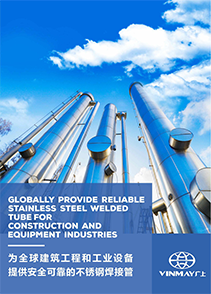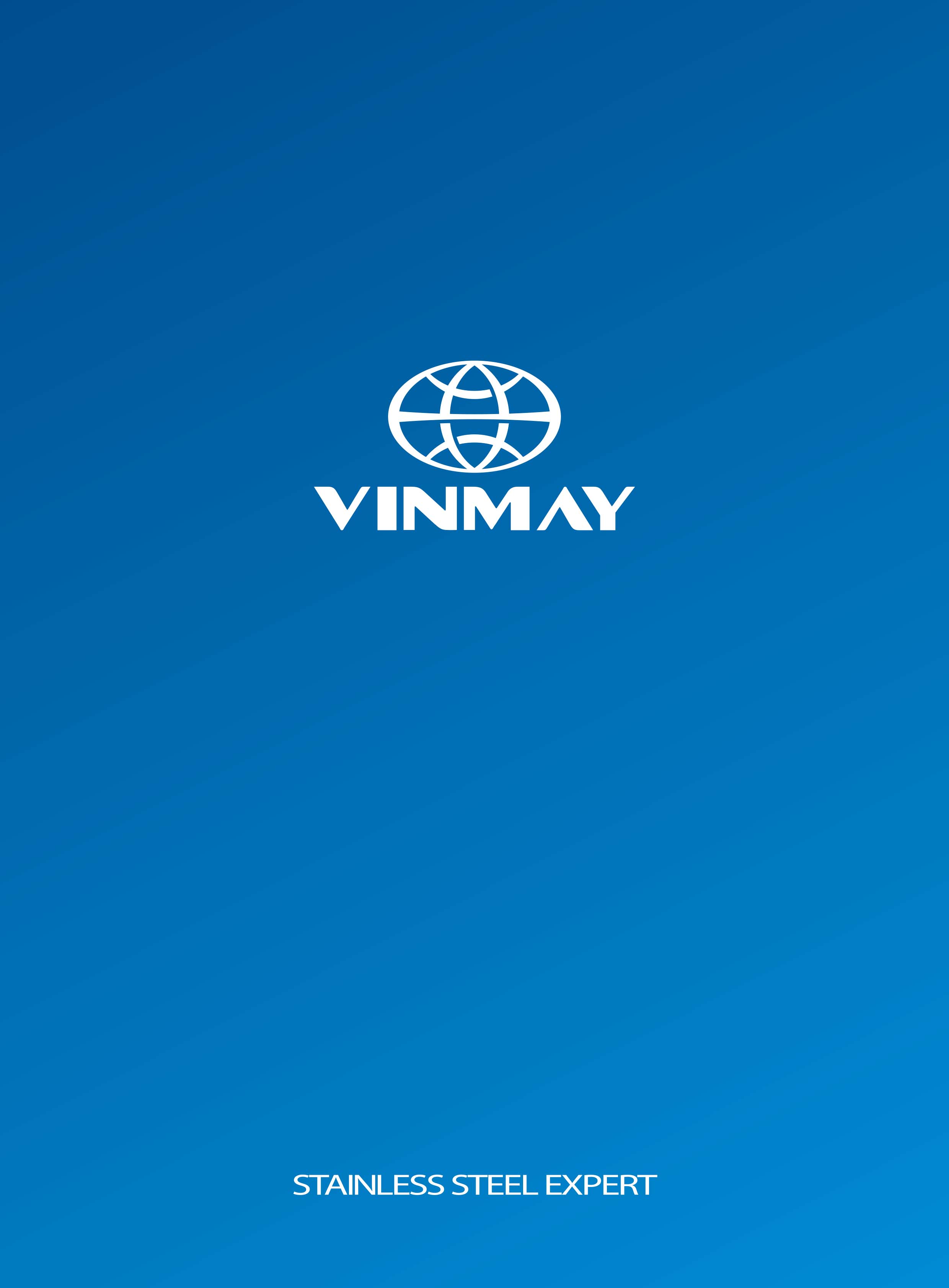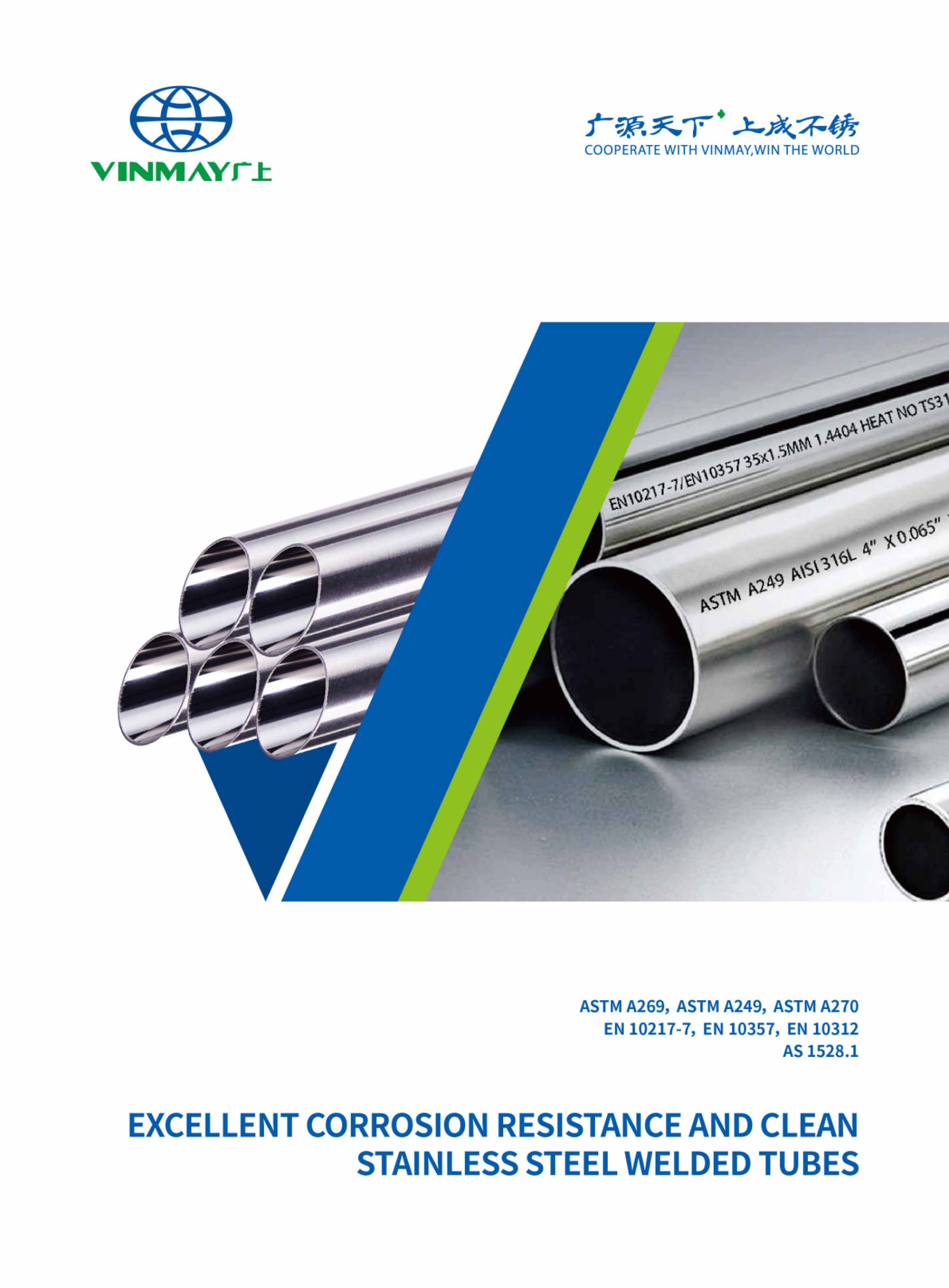Industrial stainless steel pipes are critical components in numerous sectors, prized for their durability and corrosion resistance. Available in both welded and seamless varieties, these pipes come in multiple shapes and sizes. They are designed to meet stringent performance standards like ASTM A-312, making them indispensable in industries such as oil and gas, chemical processing, and food and beverage. Understanding their applications and specifications is essential for anyone involved in these fields.
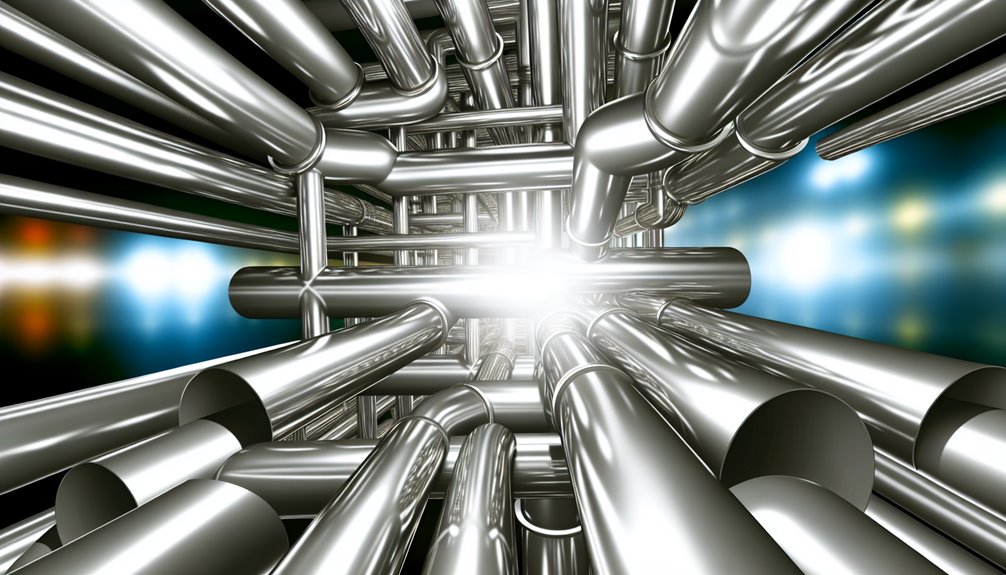
Industrial stainless steel pipes are high-strength, corrosion-resistant piping systems designed to withstand the extreme conditions found in manufacturing, processing, and construction environments. Unlike residential or decorative stainless steel products, industrial-grade pipes are designed for high-pressure, high-temperature, and chemically aggressive applications.
These pipes are made from alloys containing chromium (typically at least 10.5%), which provides excellent resistance to rust, oxidation, and chemical corrosion. Common grades used in industrial settings include 304, 316, and 321 stainless steel, each offering unique properties tailored to specific industries.
Industrial stainless steel pipes are usually manufactured to meet international standards such as:
These standards define dimensions, tolerances, wall thicknesses (or "schedules"), and testing requirements to ensure the pipe performs safely and reliably in demanding conditions.
Stainless steel pipes are integral to numerous industrial applications due to their durability and resistance to corrosion.
In the oil and gas sector, these pipes facilitate the safe transport of fluids under high pressure, while in chemical processing, they withstand harsh substances and extreme temperatures.
Additionally, their sanitary-grade properties make them suitable for the food and beverage industry, pharmaceutical plants, and construction, where structural support is critical.
Stainless steel pipes are extensively used in offshore drilling platforms, oil refineries, and gas processing plants. Their ability to withstand corrosive environments and high-pressure systems makes them ideal for transporting crude oil, natural gas, and petroleum byproducts.
In chemical plants, stainless steel pipes are used to handle highly corrosive fluids, including acids, solvents, and process chemicals. Grades like 316L and 904L are often chosen for their superior chemical resistance and minimal risk of contamination.
Hygiene and corrosion resistance are essential in food-grade applications. Sanitary stainless steel pipes, often made of 304 or 316 stainless steel, are used for transporting liquids like milk, juice, wine, and water. These pipes are polished and often meet FDA and 3-A sanitary standards.
Pharmaceutical manufacturing requires ultra-clean and sterile piping systems. Electropolished stainless steel tubes and pipes are widely used for transporting water for injection (WFI), clean steam, and other sensitive fluids under strict sanitary conditions.
Learn more about Pharmaceutical Grade Stainless Steel Tubing
In commercial and industrial construction, stainless steel pipes are used for:
Their long lifespan and corrosion resistance reduce maintenance costs and ensure reliability in critical systems.
Stainless steel piping systems are essential in municipal water treatment plants and desalination facilities, where pipes are exposed to saltwater, chemicals, and high flow rates.
Vinmay supplies stainless steel pipes for all the above applications, offering custom sizes, finishes, and global shipping to meet industry-specific demands.

Industrial stainless steel pipes are manufactured in various types, including welded and seamless forms, each offering distinct advantages based on the application requirements.
They are available in different shapes—round, square, and rectangular—and are categorized by schedules such as 10, 40, and 80, which indicate wall thickness and pressure ratings.
Additionally, surface finishes like polished, pickled, and passivated enhance the surface quality and resistance properties, making these pipes suitable for diverse industrial applications.
Although both welded and seamless pipes are integral components of industrial stainless steel applications, they differ markedly in their manufacturing processes and properties.
Welded pipes are fabricated by rolling a flat steel plate into a cylindrical shape and welding the seam. Seamless pipes, however, are produced through extrusion, where a solid billet is pierced to form a hollow tube.
This distinction leads to variations in their characteristics:
The geometry of stainless steel pipes considerably influences their suitability for various industrial applications.
Round pipes offer ideal pressure distribution, making them perfect for fluid transport in plumbing and piping systems. Their circular cross-section minimizes stress concentration, enhancing structural integrity.
Square pipes, with their flat surfaces, provide superior load-bearing capabilities, catering to structural applications and industrial frameworks where aesthetic uniformity is desired.
Rectangular pipes, offering a blend of both, are versatile for construction and architectural applications, providing enhanced bending strength.
Each shape has unique advantages, contributing to performance efficiency based on application requirements. Material grade and wall thickness further define the pipe's appropriateness for specific operational conditions, ensuring the precise deployment of these geometrical variations in diverse industrial sectors.
“Schedule” refers to the wall thickness of the pipe, which directly impacts the pipe’s strength and pressure capacity. The choice among these schedules depends on the operational requirements and environmental conditions.
Key distinctions include:
Note: Thicker wall = higher pressure tolerance, but also higher cost and weight.
Related Article:
The finishing processes—polished, pickled, and passivated—enhance the pipes' performance and longevity. Polished finishes are achieved through mechanical or chemical processes, providing a smooth surface that reduces friction and improves aesthetic appeal.
Pickling involves treating the steel with acid solutions to remove surface impurities, enhancing corrosion resistance. Passivation further strengthens this resistance by creating a protective oxide layer on the steel surface.
Each finish serves a distinct purpose, allowing industries to select based on operational needs and environmental exposure. These finishing techniques guarantee that stainless steel pipes maintain their integrity under various conditions and applications.
Understanding the distinctions between stainless steel pipes and tubes is essential for selecting the appropriate material for industrial applications. Pipes and tubes, although often used interchangeably, differ in their specifications and applications.
| Feature | Stainless Steel Pipe | Stainless Steel Tube |
|---|---|---|
| Measurement | Based on nominal bore (NB) or nominal diameter (NPS) | Based on exact outer diameter (OD) |
| Wall Thickness | Defined by schedule (e.g., SCH 10, 40, 80) | Measured by exact wall thickness or gauge |
| Purpose | Used to transport fluids and gases | Used in structural, mechanical, and precision applications |
| Tolerance | Lower dimensional precision | Higher precision for tighter fits |
| Shapes | Primarily round | Available in round, square, and rectangular |
| Finish Options | Typically mill or pickled finish | Often comes polished or brushed for aesthetics or sanitation |
Example: A pharmaceutical company will likely use tubes with tight tolerances and polished surfaces in cleanrooms, while an oil refinery will use pipes for transporting fuel under high pressure.
At Vinmay, we supply both stainless steel pipes and tubes — each available in a variety of grades, finishes, and dimensions to suit your industrial needs. Not sure which to choose? Our engineering team can help you decide.
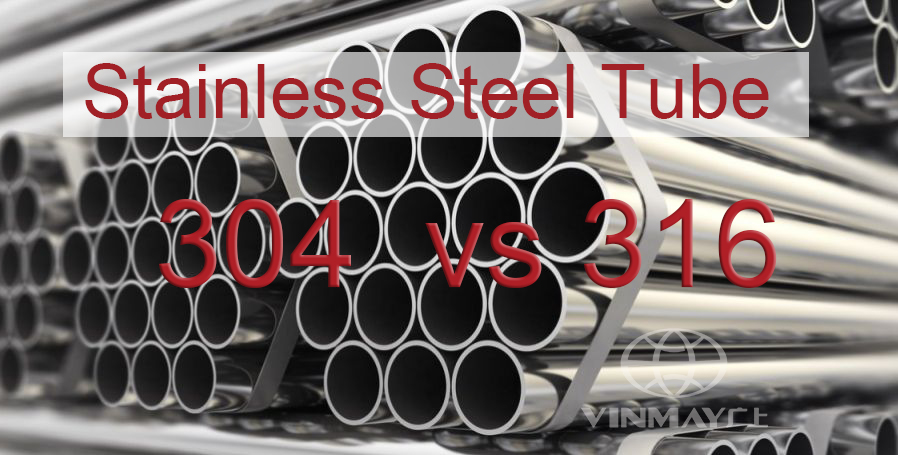
When selecting stainless steel pipes for industrial use, two of the most common and widely available grades are 304 and 316. While both offer excellent corrosion resistance and strength, they differ in chemical composition, performance, and cost, making each better suited for different environments.
| Element | 304 Stainless Steel | 316 Stainless Steel |
|---|---|---|
| Chromium | 18–20% | 16–18% |
| Nickel | 8–10.5% | 10–14% |
| Molybdenum | Not present | 2–3% |
The key difference is the addition of molybdenum in 316, which significantly enhances corrosion resistance, especially against chlorides (like saltwater or chemicals).
| Environment | Recommended Grade |
|---|---|
| Drinking water systems | 304 |
| Food & beverage processing | 304 or 316 |
| Marine or saltwater exposure | 316 |
| Chemical & petrochemical industry | 316 |
| Industrial plumbing (low exposure) | 304 |
When selecting the right stainless steel pipe for industrial use, one must consider several critical factors to guarantee peak performance and cost-effectiveness.
The choice hinges on understanding the specific requirements of the application, as well as the environmental conditions the pipe will face. A systematic approach involves evaluating:
Such a thorough analysis is indispensable for ideal pipe selection.
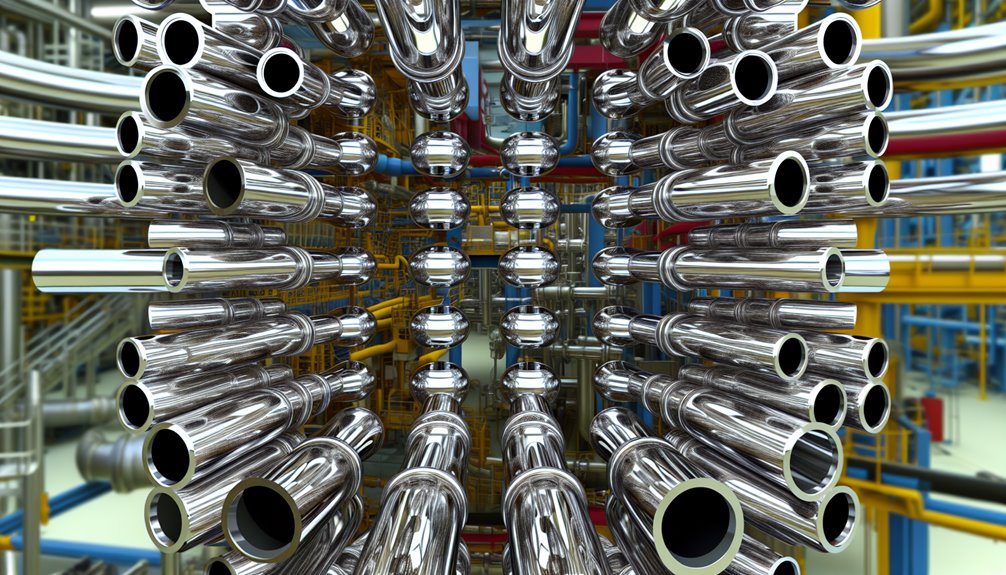
Choosing the right stainless steel pipe isn’t just about specifications — it’s also about who you’re buying from. A trusted supplier ensures not only product quality but also timely delivery, expert support, and long-term reliability.
Product quality and certifications should always come first. Look for suppliers that offer pipes meeting global standards like ASTM, ASME, or JIS, and who can provide full Material Test Reports (MTRs). These documents confirm the chemical composition and mechanical properties of the steel, ensuring compliance and traceability.
You’ll also want a supplier with a broad product range. Whether your project needs 304 or 316 stainless, seamless or welded pipes, or custom diameters and finishes, the more complete the offering, the easier your procurement process will be. Reliable suppliers also maintain stable inventory levels, reducing delays and avoiding project disruptions.
Technical support is another often-overlooked factor. A good supplier won’t just sell you pipe — they’ll help you choose the right one based on pressure ratings, corrosion factors, and environmental conditions. And if you're sourcing internationally, look for strong logistics capabilities, including export documentation and on-time global shipping.
At Vinmay, we combine top-quality welded stainless steel pipes with deep industry expertise to serve clients across sectors like oil & gas, chemical processing, water treatment, and construction. Our products meet international standards and come in a wide range of grades, schedules, finishes, and customizable sizes to suit your unique project requirements.
Our team of technical advisors is always ready to help you select the right material for applications ranging from high-pressure pipelines to sanitary tubing. Thanks to our strong supply chain and experienced international logistics team, we ensure fast delivery and smooth handling of documentation and customs clearance.
With a presence in over 100 countries, we offer flexible payment options, and most orders ship within 15 days. Every pipe we supply comes with full certifications and material traceability, combining reliability with competitive pricing.
When you partner with Vinmay, you gain more than a supplier—you gain a trusted collaborator committed to quality, service, and your project’s success.
📩 Contact Vinmay today to request a quote or speak with a stainless steel specialist — and get the quality, precision, and reliability your project demands.
Stainless steel pipes are recycled through collection, sorting, and shredding processes. The shredded steel is melted in a furnace, refined to remove impurities, and cast into new forms. This recycling process conserves resources and reduces environmental impact.
The lifespan of stainless steel pipes varies based on environmental conditions and maintenance levels. Typically, they offer durability and corrosion resistance, lasting several decades. Longevity depends on factors like grade, application, and exposure to corrosive elements.
Stainless steel pipes, especially grades 304 and 316, exhibit excellent thermal resistance, maintaining structural integrity at extreme temperatures. Their material composition allows them to function effectively in high-temperature environments, essential for applications requiring thermal stability and corrosion resistance.
Stainless steel pipes offer significant environmental benefits. Their recyclability and long lifespan reduce waste and resource consumption. Additionally, their low maintenance needs and resistance to corrosion minimize environmental impact, making them a sustainable choice for various applications.
Stainless steel pipe pricing is generally higher compared to materials like PVC or carbon steel due to superior durability, corrosion resistance, and longer lifespan. However, its lower maintenance costs and recyclability offer long-term economic benefits, justifying the initial investment.
You might also like: Different Pipe Materials
In the vast domain of industrial applications, stainless steel pipes stand as the indomitable titans of durability and resistance, their seamless and welded forms engineered to near-perfection. These pipes, crafted from the illustrious 304 and 316 stainless steel variants, shoulder the Herculean task of transporting fluids safely under the most punishing conditions. Selecting the ideal pipe demands precision, yet with titans like Vinmay as suppliers, industries are assured of unwavering reliability and unparalleled quality in every inch of piping.
